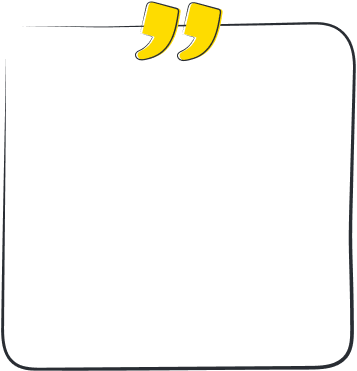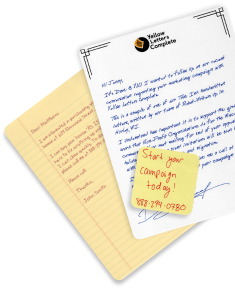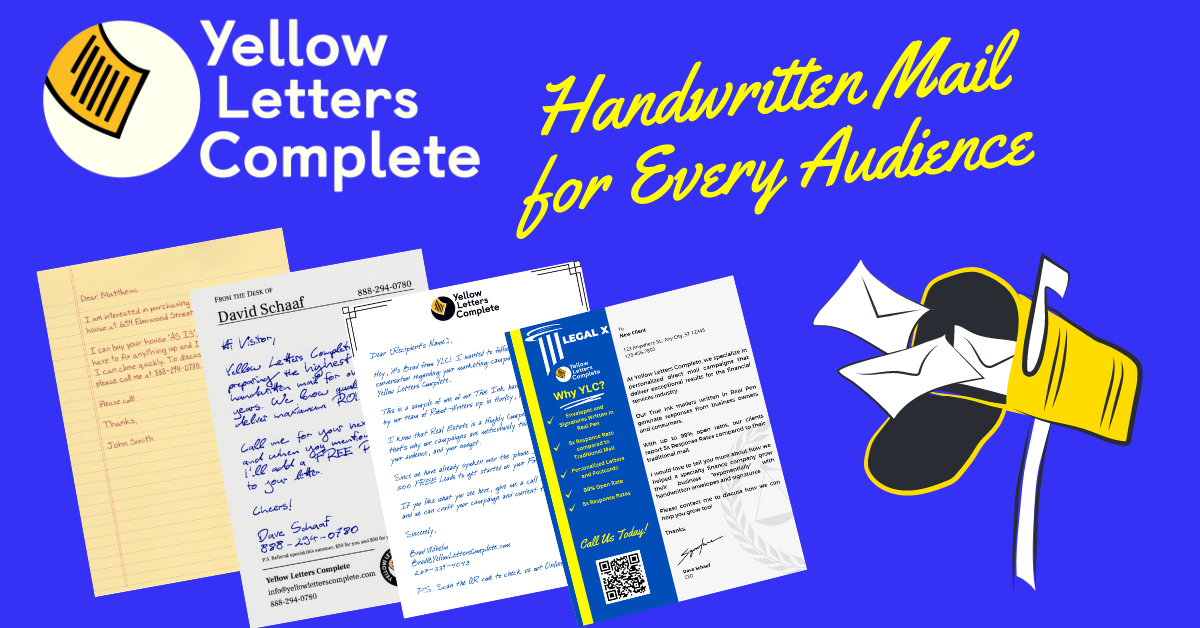Post cards are a great shotgun approach to direct mail marketing. They’re inexpensive, and if you don’t have access to a targeted mailing list they are a viable option for mailing to a large list. They also work well for keeping your name in front of people as part of a multi-touch campaign. The downside is because of the price point they’re used by lots of people. That means your target audience is receiving them frequently, so it will be tough to get them to pay attention to yours. The industry average response rates for post cards is less than 1%, in fact it’s usually between 0.1% and 0.5%, which means on a mailing of 1,000 units you can expect between 1 and 5 phone calls. If it cost you $500 to send those 1000 postcards out, each phone call you received cost you $100. And that’s if your response rate is on the high end.
Compare that to yellow letter marketing. On average, response rates are between 5% and 15%. Since these letters use a sticky stamp and are hand addressed more people pay attention to them vs postcards or junk mail with a typed address. The same $500 that would get 1000 postcards would get 500 yellow letters, but if you got a 10% response rate, that would be 50 phone calls (10x more than the postcards). If you spent $500 to generate those calls, that would be a cost per phone call of $10.
So, should you send out post cards or yellow letters? It depends on your list and your objective. If you are sending multiple pieces to the same mailing list it might make sense, if you are sending one or two touches then going with the higher response mail piece will usually yield a better bang for buck.








